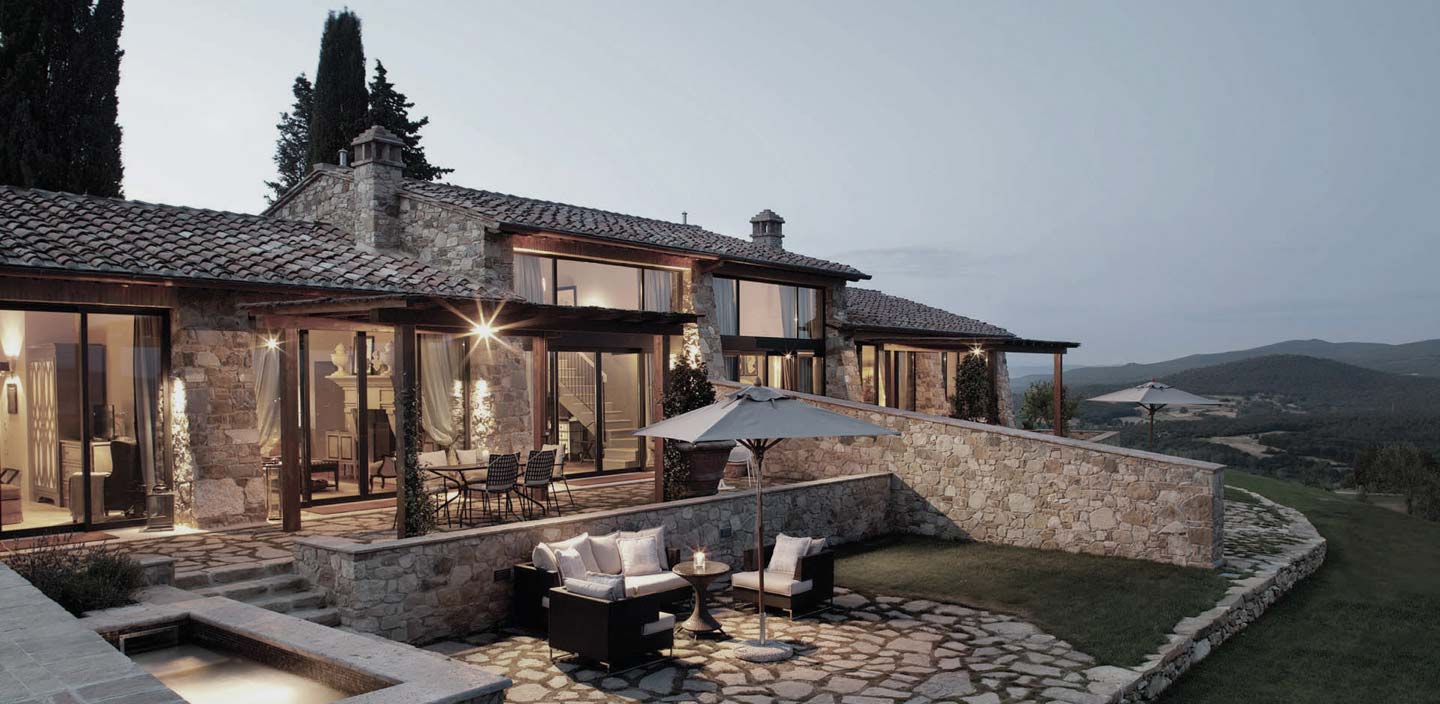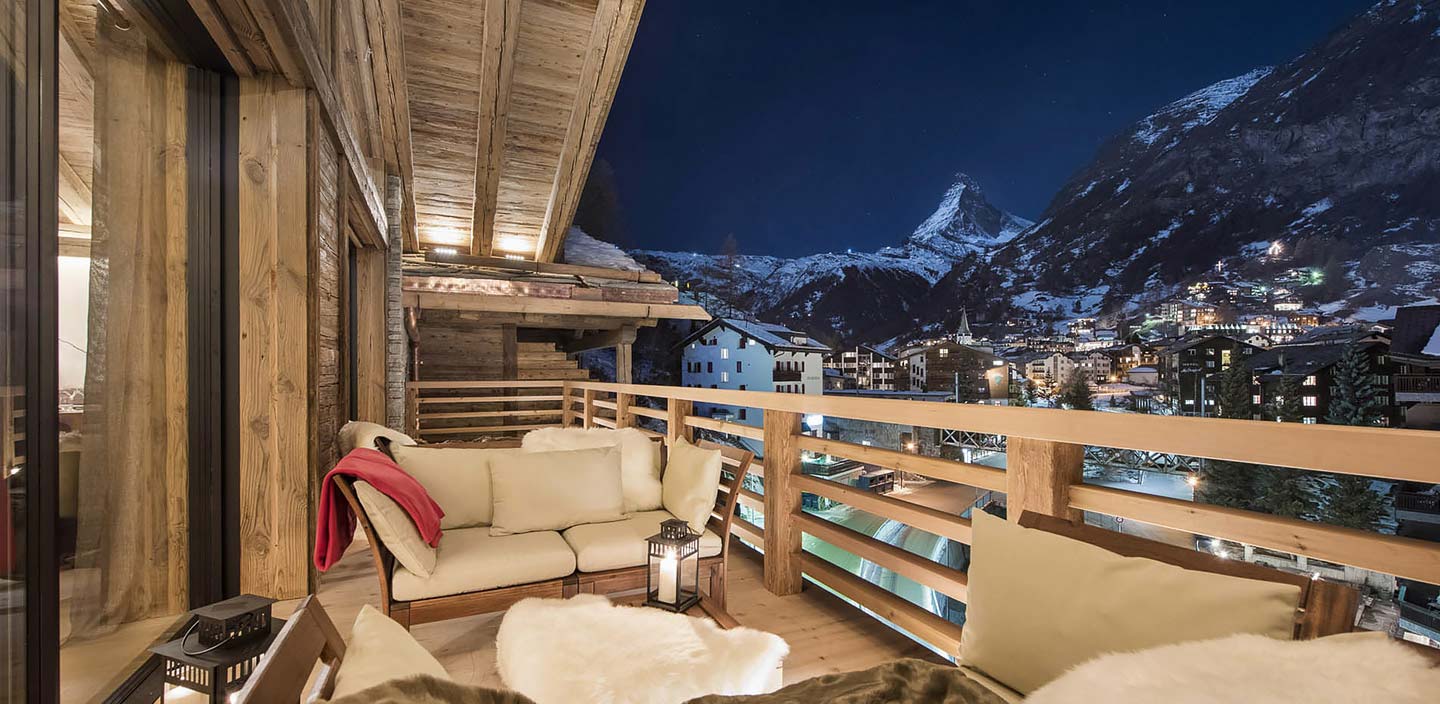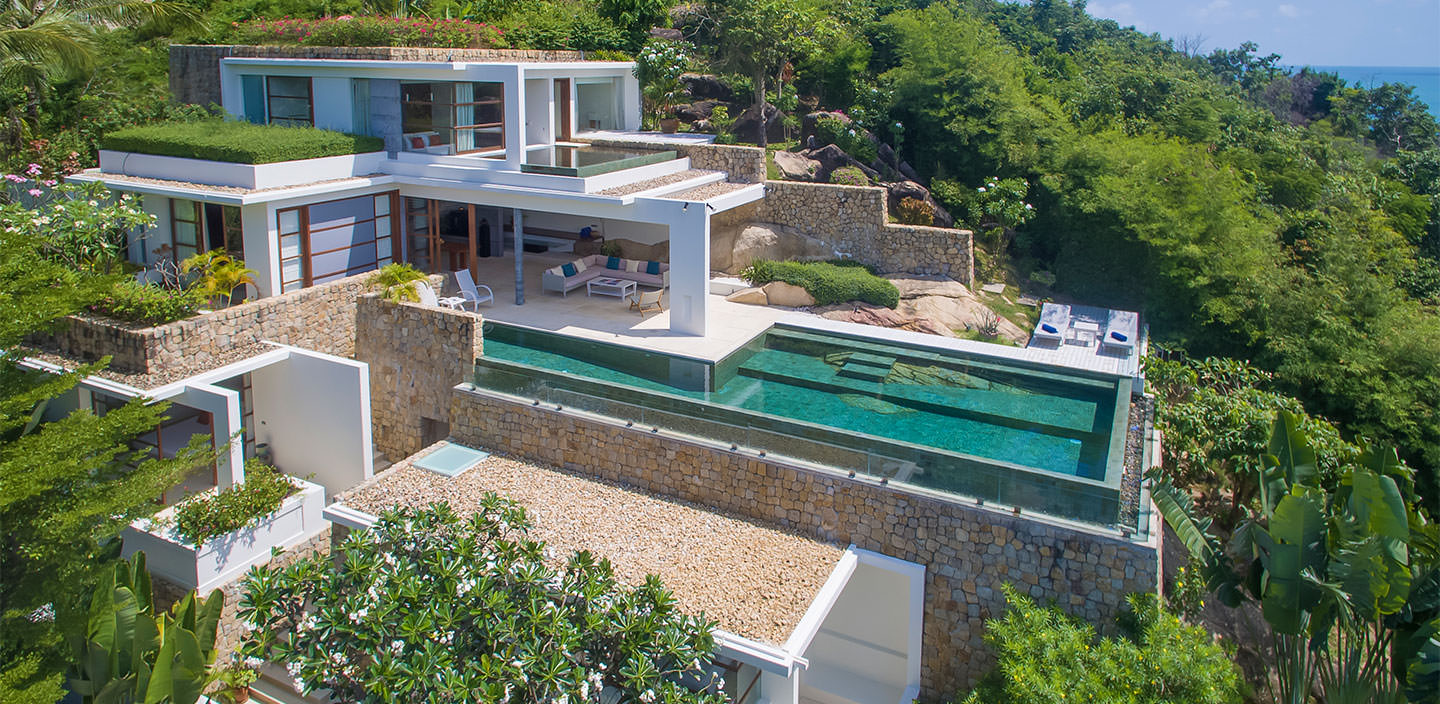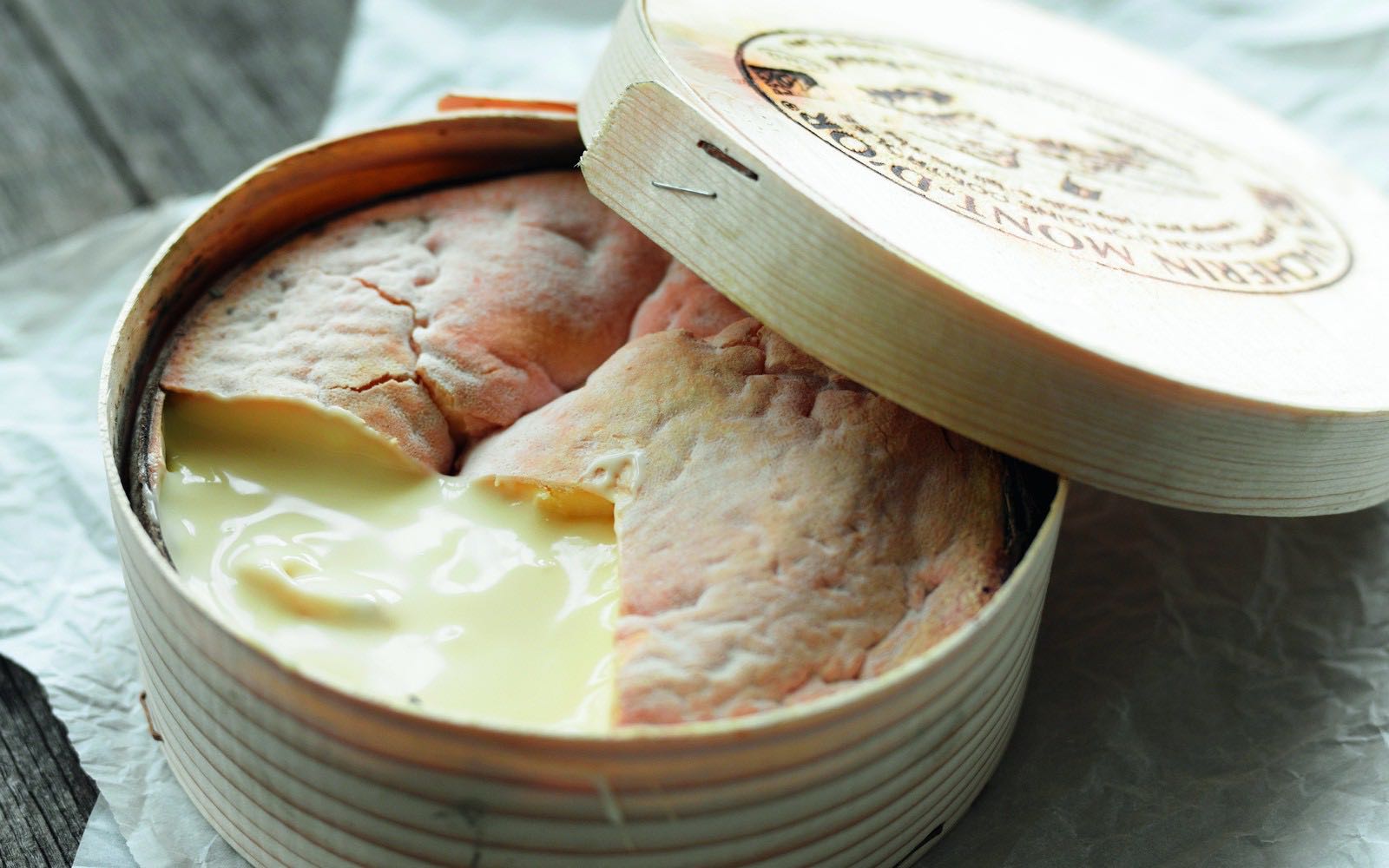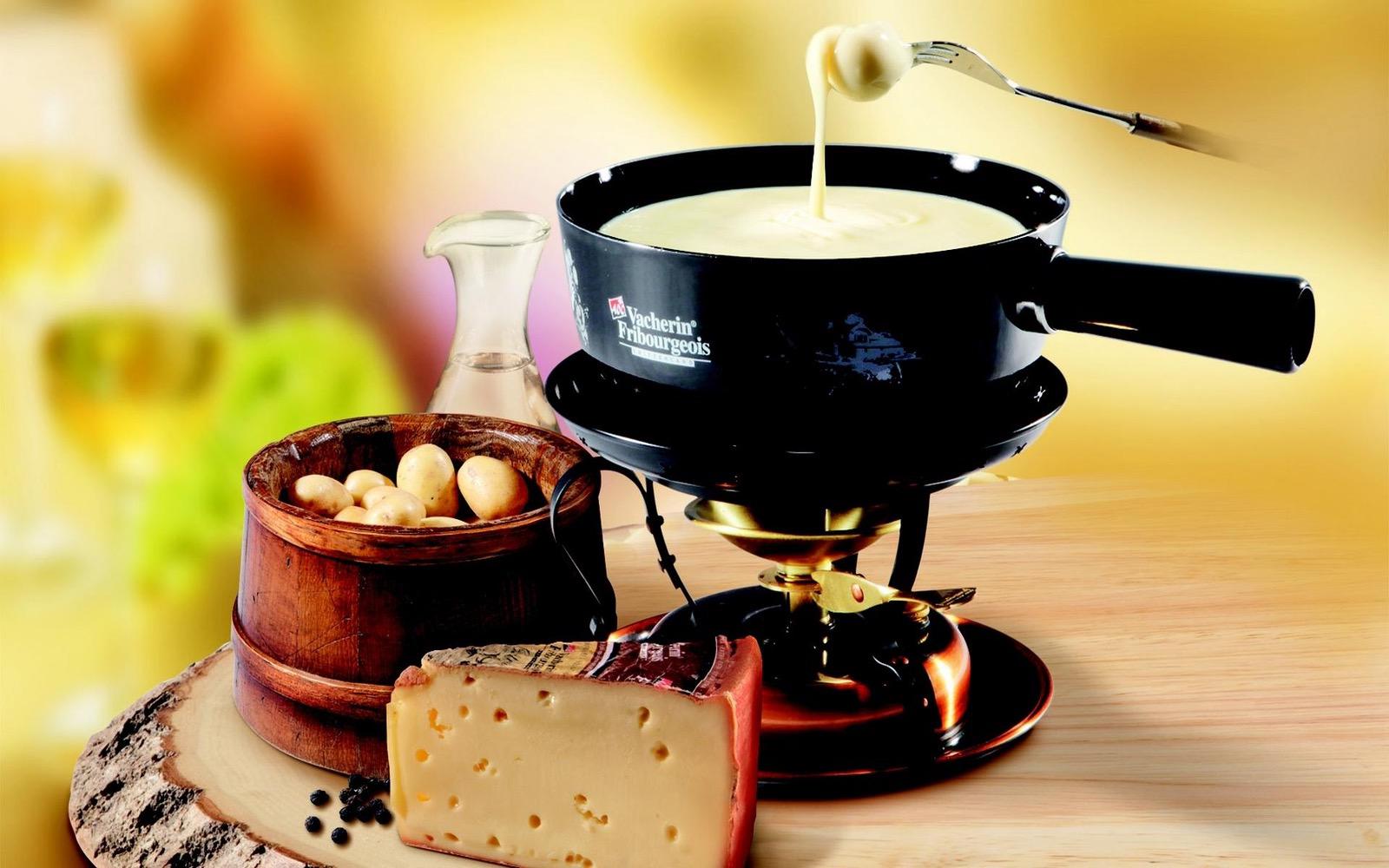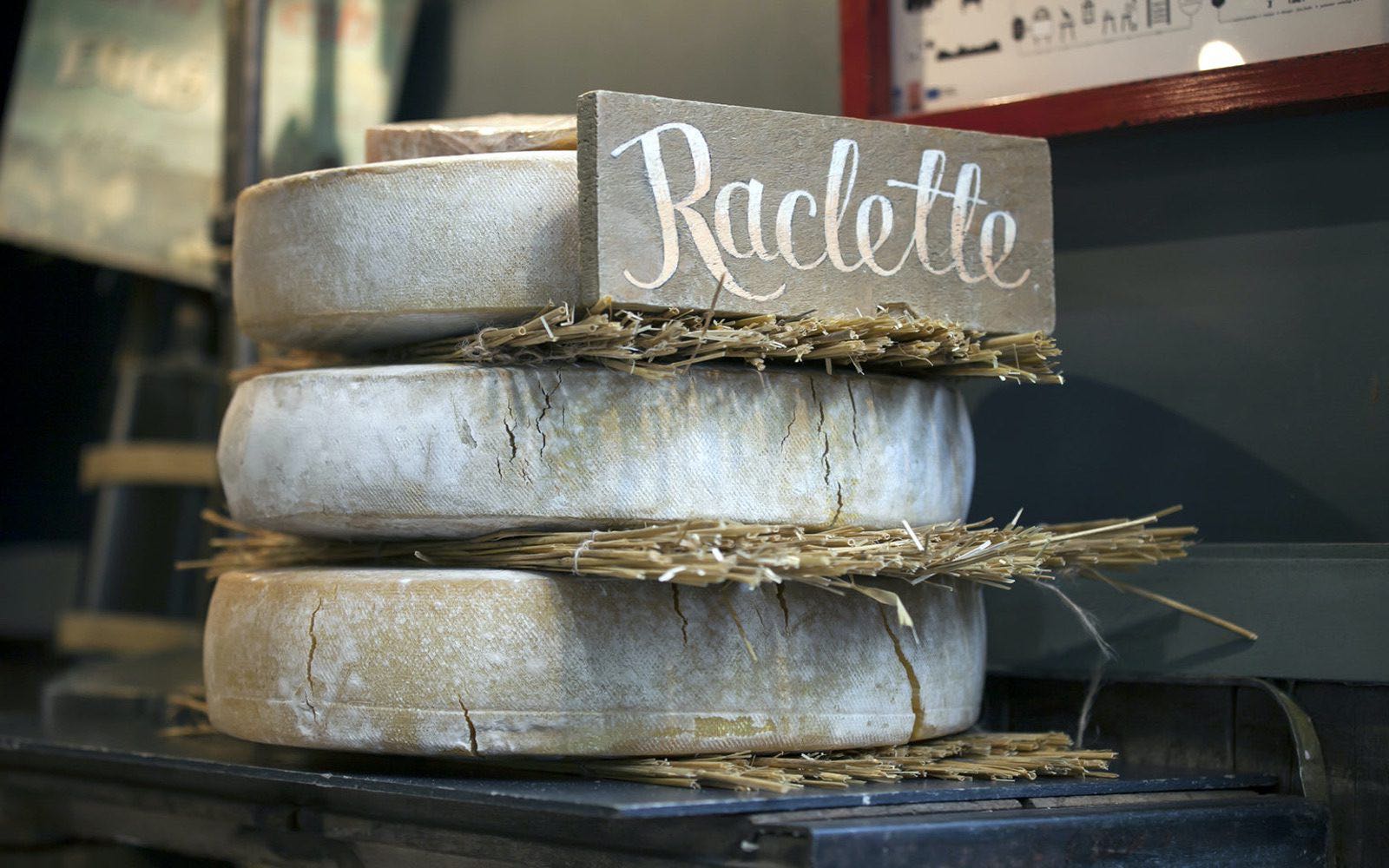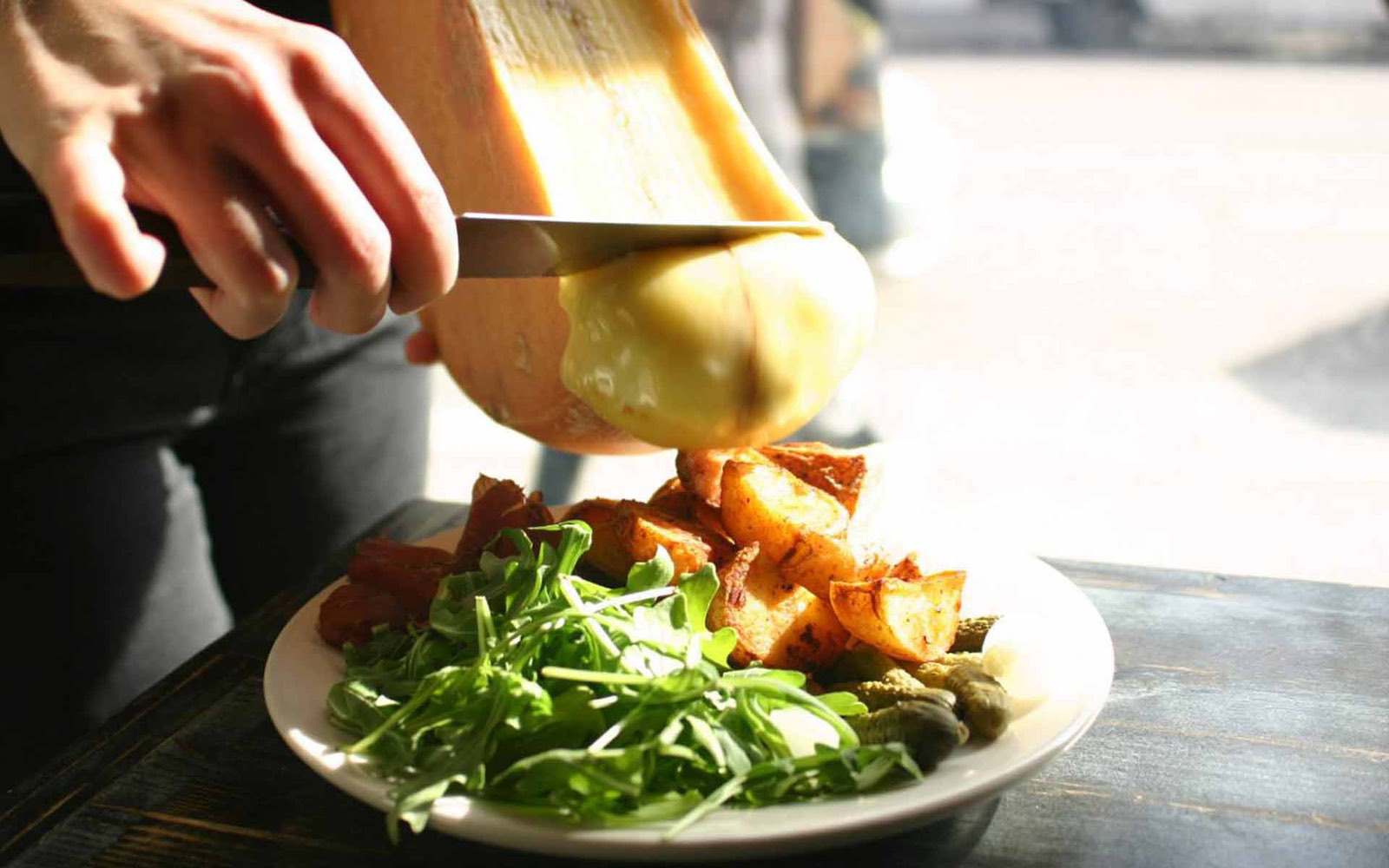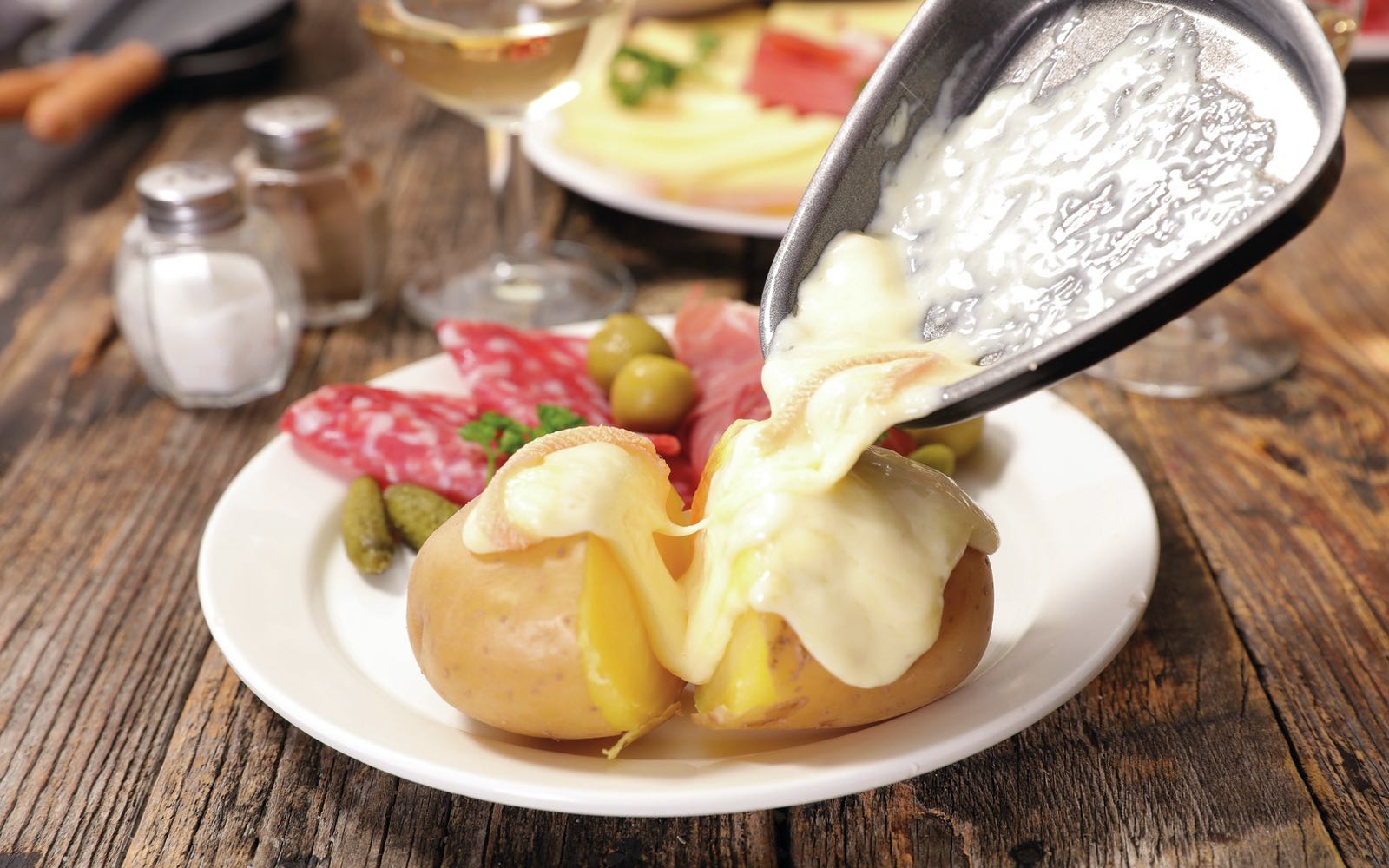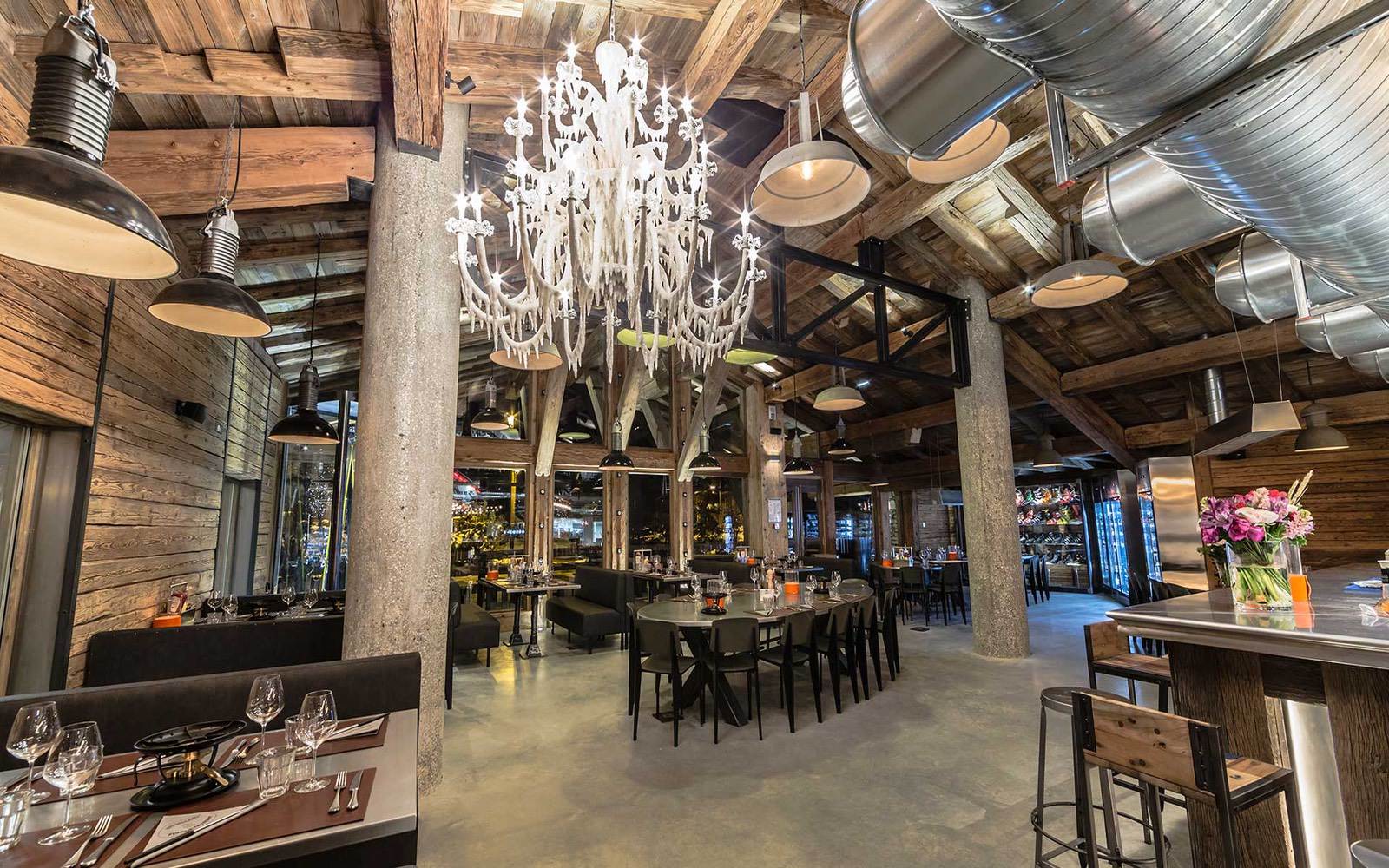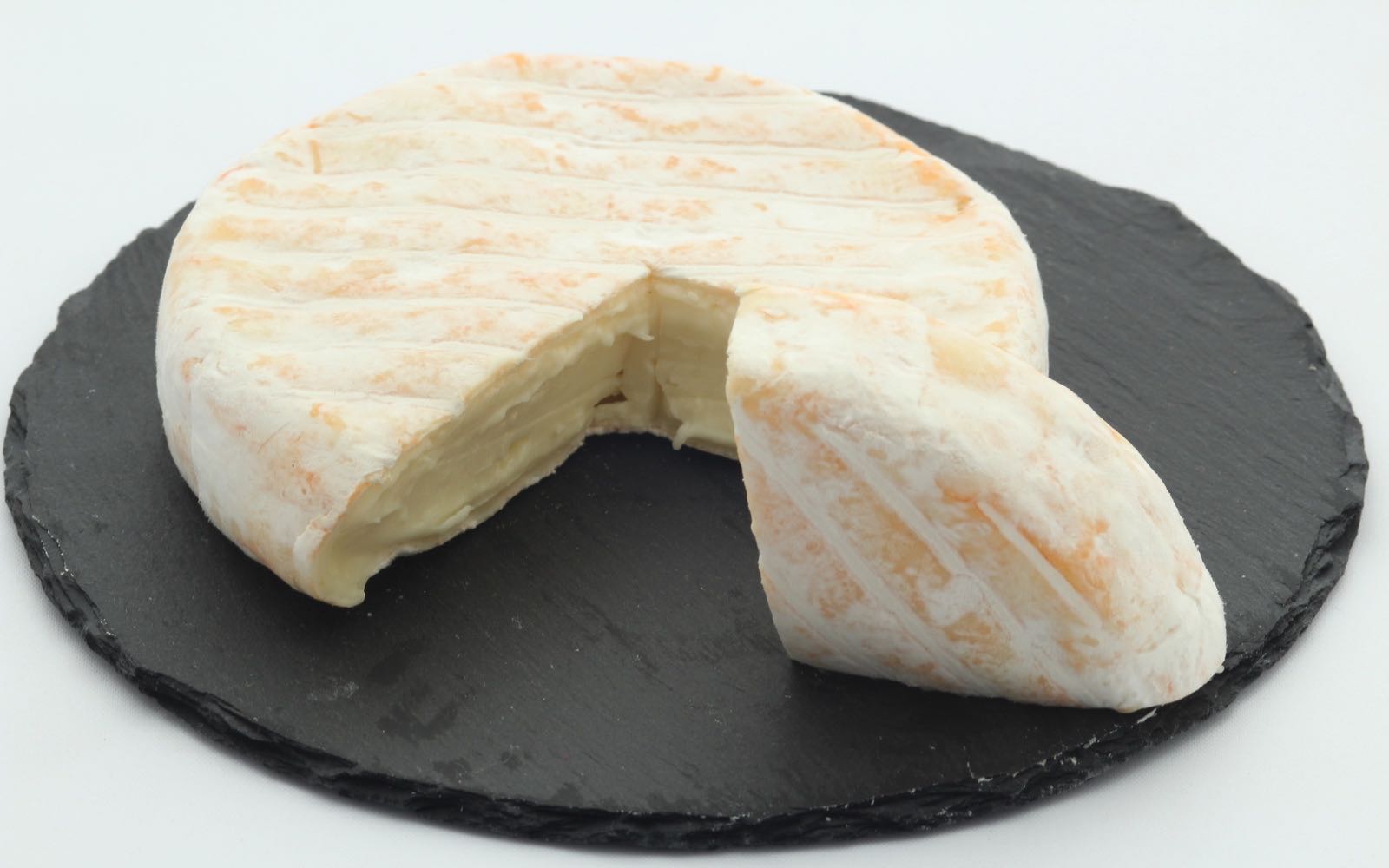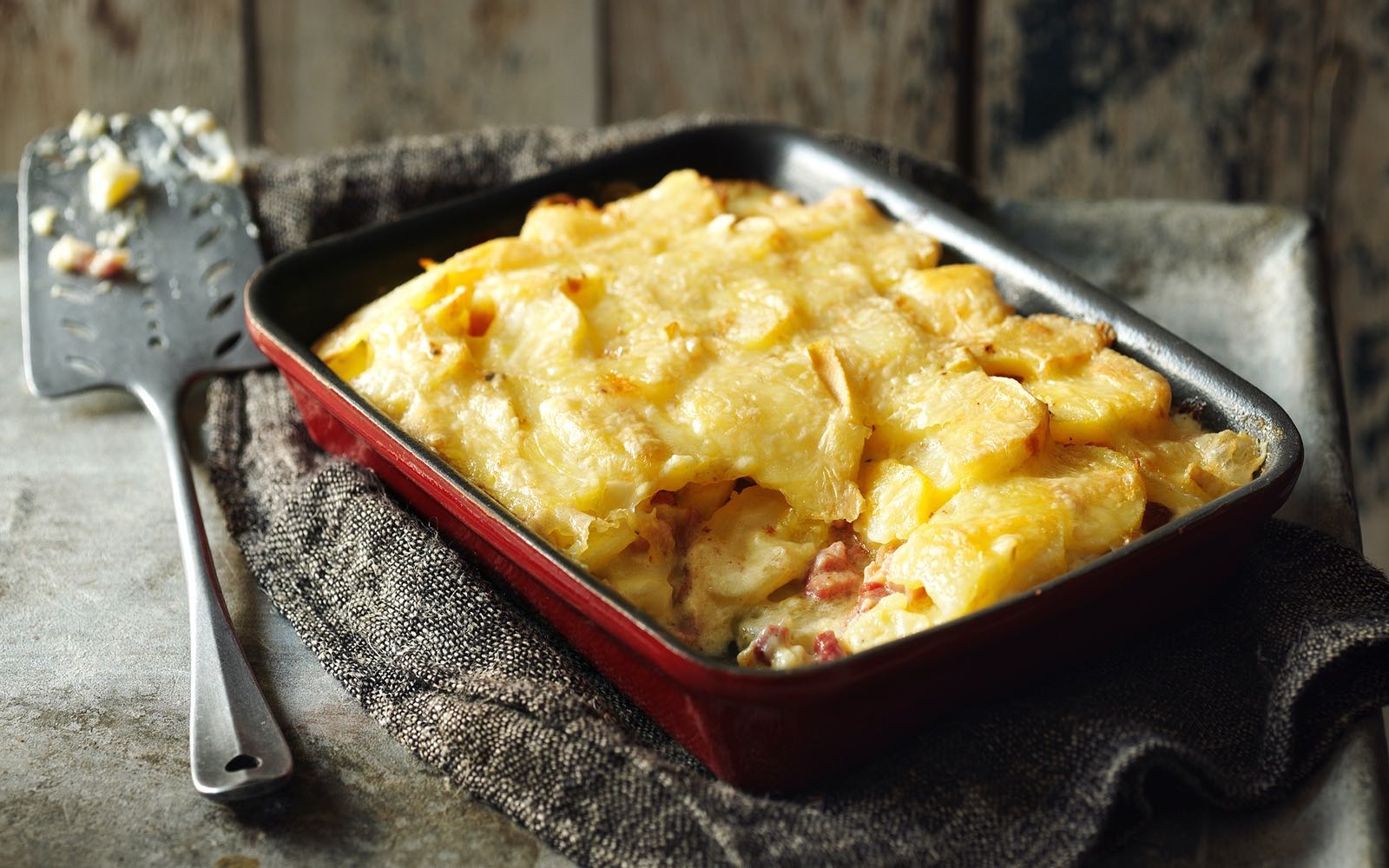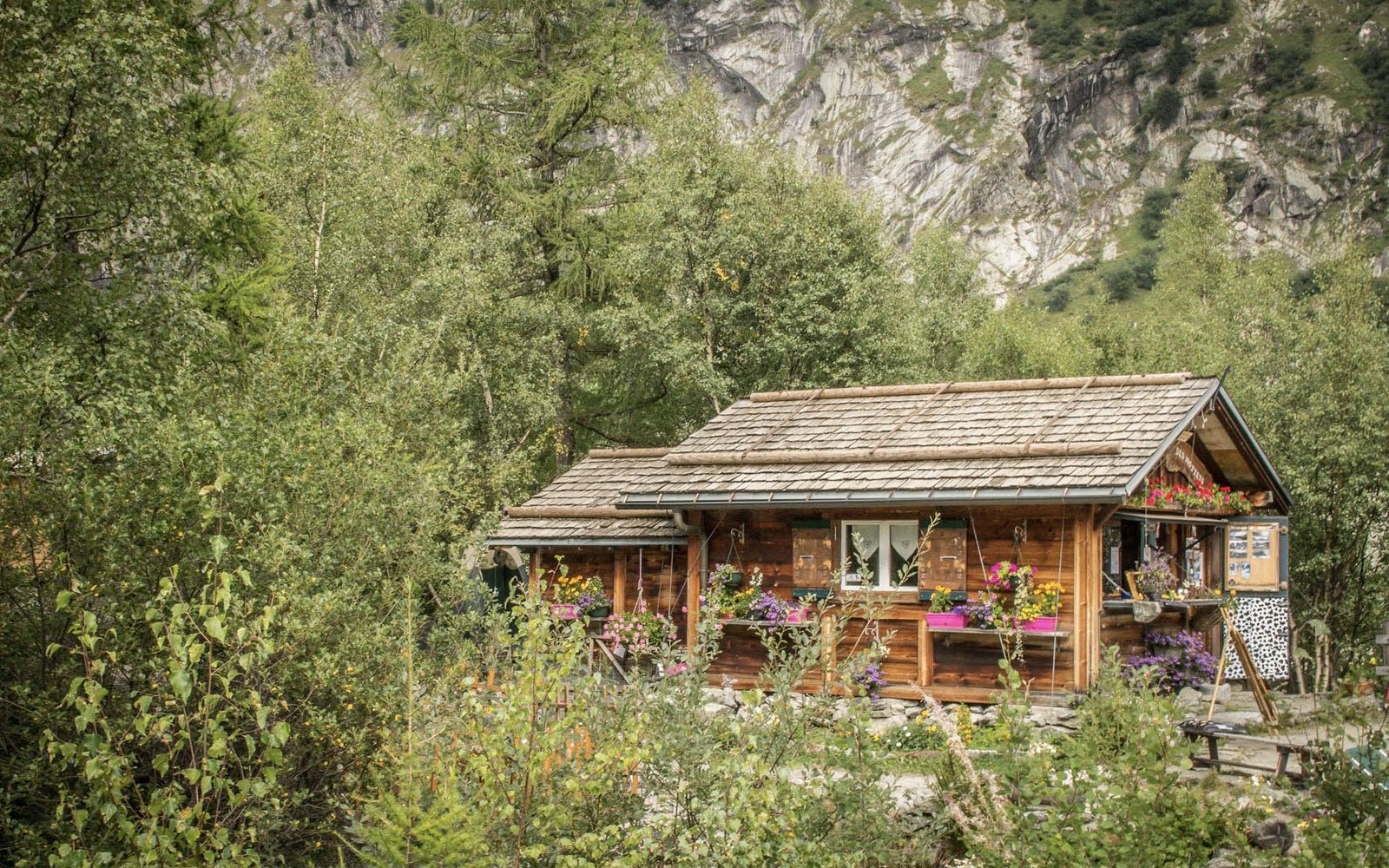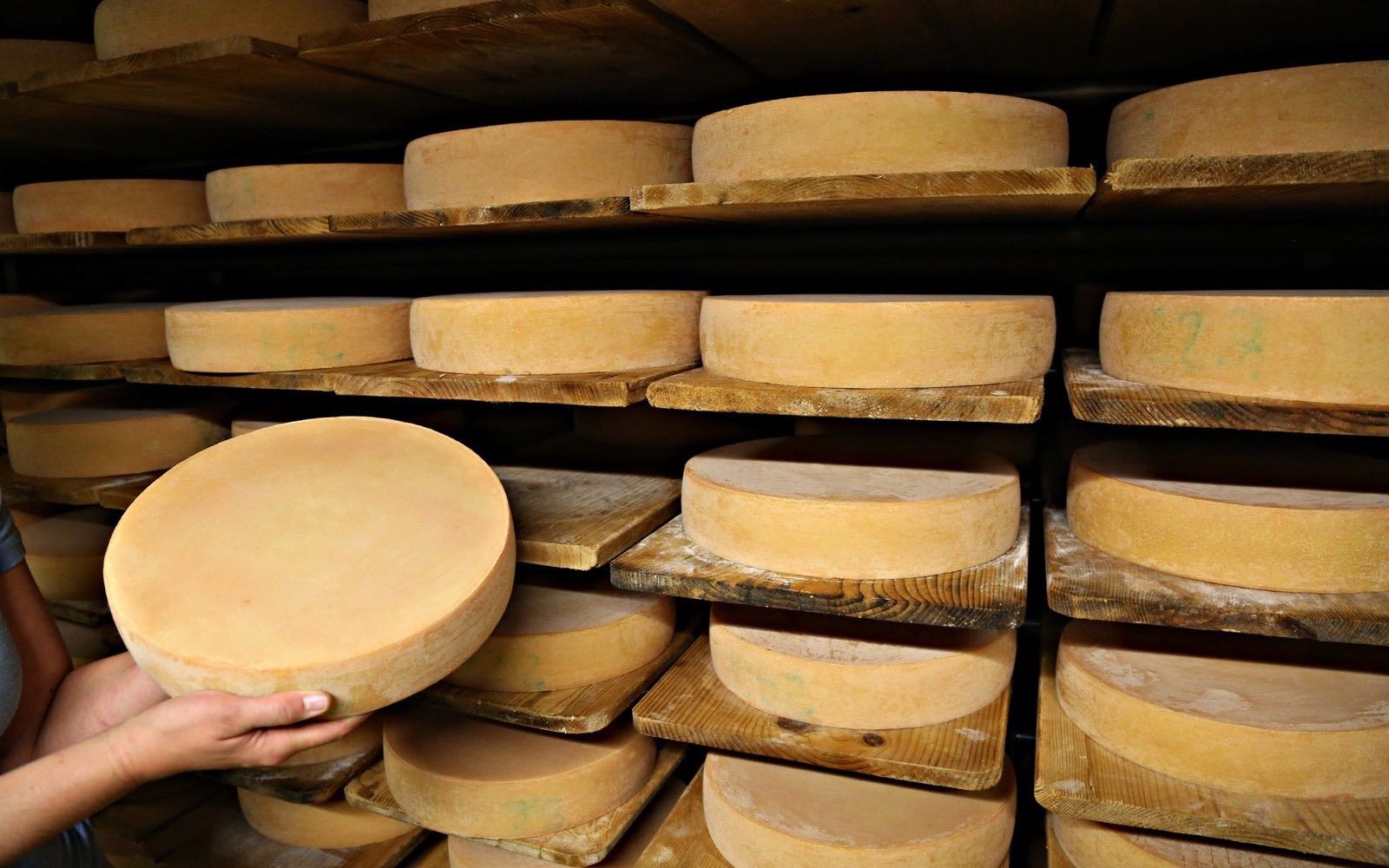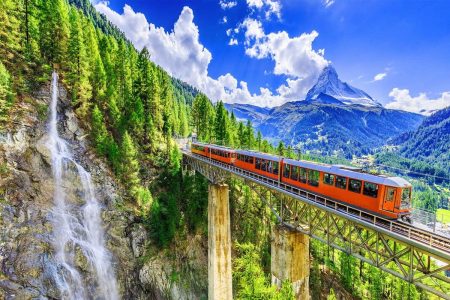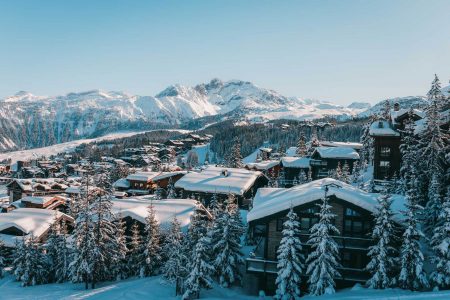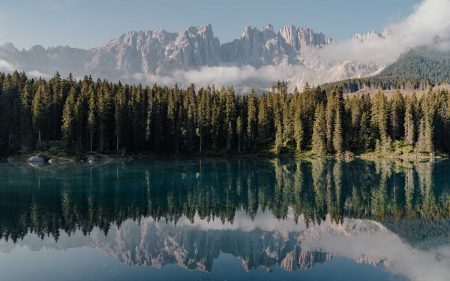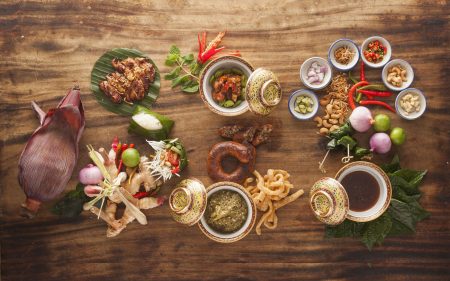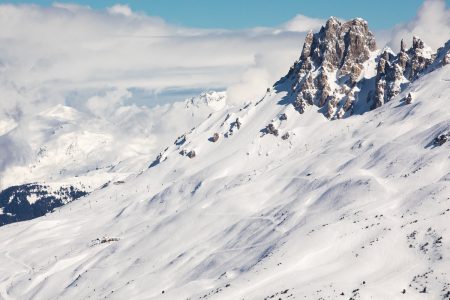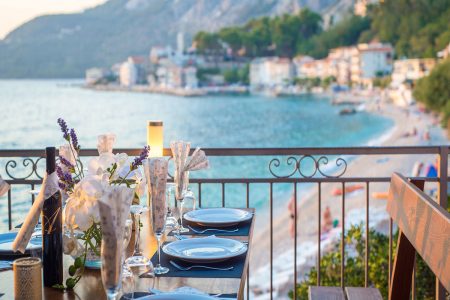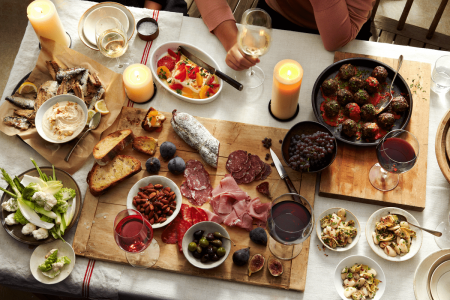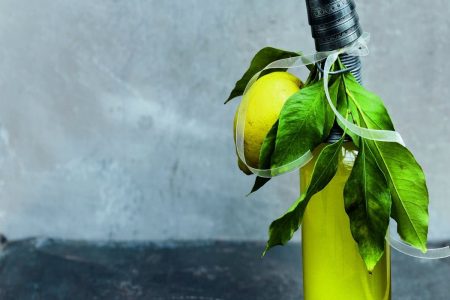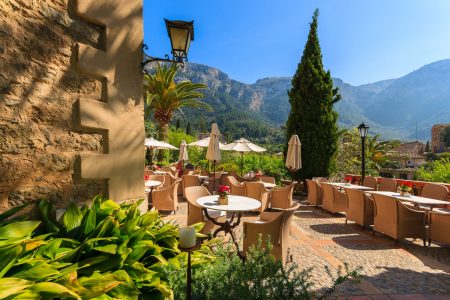The Alps unite several countries: France, Switzerland and Italy, which have, among other things, excellent cheese cuisine. Close your eyes and imagine the Alps. Mountains, mountains, mountains, sparkling snow and … highly-polished fondue pots as well as culinary delights covered with golden cheese crust. So it is the right time to make a cheese trip.
Fondue Links Hearts
This dish is always included in the apres-ski (“after skiing”) program and is ideal for communication and making friends. It was invented by shepherds who once decided to cook it of leftover cheese, wine, and stale bread. Today, fondue is popular among all skiers and the very process of dipping pieces of bread into melted cheese is quite fascinating. Of course, you can find restaurants specializing in fondue in your city or country, but this is the dish cooked high in the mountains and using local sorts of cheese that will have a special taste and aroma.
The idea in general is very simple: you dip bread cubes on long forks in the pot with a lot of melted cheese and put it in your mouth. Bread is an important but not the only ingredient in this symphony of tastes. Boiled potatoes, onions, sausage, jerky beef, various gherkins are also very delicious when dipped in the melted cheese.
This is the dish cooked high in the mountains and using local sorts of cheese that will have a special taste and aroma.
They have their own version of fondue, their cheese, and their own additions in Switzerland, France, and Italy. For example, in Switzerland they use gruyere cheese or a mixture of gruyere and emmental cheese, but some lovers of alpine cuisine are sure that vacherin or appenzeller is a more refined variant. In the French Alps, they use comte and beaufort instead of gruyere. In Italy, they cook fondue from soft fontina cheese, milk, eggs, and truffles. There is a very exotic fondue not belonging to any Alpine country, which is called Chinese Fondue: When bread is dipped in a pot with vegetable or mushroom broth and then rinsed in various sauces. Only an experienced gourmet may recognize the finest flavors of fondue. So try to taste as many variants of fondue as possible while having rest in the Alps.
Regardless of the type of cheese, it is usually melted with white wine, but some chefs go further adding garlic, nutmeg, cream or cornstarch to keep the desired viscosity and flavor. Sometimes all this is accompanied by Kirschwasser cherry liqueur. Can you imagine that taste? If you are not going to go deep in fondue secrets on your own, you will find many restaurants offering fondue menu.
Only an experienced gourmet may recognize the finest flavors of fondue.
The best spots to try fondue:
Restaurant Whymper-Stube (Switzerland, Zermatt) – in addition to the traditional variant, they serve fondue with meat, pears, and mushrooms.
Restaurant La Cortona (France, Courchevel) – try fondue with tomatoes, morels or porcinis.
Reverse Fondue
This is what raclette is sometimes called. Why? Just imagine: instead of dipping food into melted cheese you pour it over. And the cheese is also called raclette. The dish was invented by the Swiss, although the French still challenge the palm. Perhaps they are somehow right as “racler” means “scrape” in French… A wheel of cheese cut in half was leaned against live coals and while the cheese was melting, visitors scrapped it and put on the simple food in their plates.
Instead of dipping food into melted cheese you pour it over.
Anyway, let us leave the copyright dispute to the culinary historians and take a closer look at the food to be covered with melted cheese. It may include jacked potatoes, mushrooms, meat, onions. Sometimes raclette is served with pickled cucumbers and sauces. In many alpine restaurants, electric raclette grills are on each table. However, you can find some places that still use live coals to melt the cheese. We think this option is more exciting and more romantic.
Raclette, like fondue, is a dish for a team play, communication, and getting closer. Falling into talks and deciding to make a break in the meal, you can at any time take the cheese off the “melter” and put it back as soon as you feel hunger again. This is a real fun and great experience.
You can find some places that still use live coals to melt the cheese.
The best spots to try raclette:
Restaurant Ski Gallery & Fondue Factory (France, Val d’Isere)
=Restaurant Le Carrefour (Switzerland, Verbier) – they serve wonderful fondue, rösti and raclette with sliced ham.
Say “Cheese”!
Now try to say “reblochonnade” at once. It is hard to find this dish with a difficult to pronounce name now. Although earlier it was cooked in any peasant house where there was cheese and an open fire. It is a kind of a raclette if fact and it also requires a special melting-cheese device, under which small pots with cheese are heated until cheese melts. Then the cheese is scraped off and spread on various types of sausage, meat, potatoes, of anything you wish! As clear from the name, the dish is cooked only of the soft reblochon cheese made of non-pasteurized cow milk. The name itself comes from the French word “reblocher” and means “milk the cow again”. A couple of centuries ago, the peasants decided to pay less taxes. To do this, they milked the cows in front of the tax collector but not till the end and finished milking when the official left. They used this remaining milk to make tasty and soft cheese with a white crust, creamy texture, and delicate nutty flavor. Unlike gruyere, comte and raclette, true reblochon marked AOC cannot be imported to many world countries (as it is made of raw milk). So don’t miss a chance to try dishes with this cheese.
It is hard to find this dish with a difficult to pronounce name now. Although earlier it was cooked in any peasant house where there was cheese and an open fire.
The best spots to try reblochonnade:
L’Alpage (France, Megève) – they will cool their legendary reblochonnade right in front of you.
Alpine Casserole
As you may have noticed, the Alpine cuisine is very nourishing, high-energy and helps to communicate. It was like that from the very beginning as it was just unreal to feed strong shepherds and farmers in pre-iphone and pre-instagram times. Meat was rare on the table, and strong men “with thick arms and necks, huge legs and big faces …”, as the poet Juste Songeons wrote, ate mostly pasta, potatoes, 2 kg of bread and lots of cheese every day. Bread and cheese saved the highlanders. No wonder that another nourishing and tasty dish appeared in such conditions. It was tartiflette. Unlike fondue and raclette, which require a special cheese-melting device, you can cook tartiflette at home. If you decide to make this Alpine delicacy at home, look for Tartiflette cheese. In fact, it is a casserole of potatoes, onions and smoked bacon, covered with two halves of cut along reblochon cheese. It should be baked until the cheese is completely melted forming a fragrant golden brown crust. This is a wonderful, warming Alpine dish you can share with friends and then, being well-fed, lean on the chair back and have a pleasant talk about achievements in skiing. In some places in Switzerland they make a buckwheat version of a tartifflet called croziflette which you should definitely try.
In fact, it is a casserole of potatoes, onions and smoked bacon, covered with two halves of cut along reblochon cheese.
The best spots to try tartiflette:
Restaurant Buvette des Mottets (France, Chamonix) – here, at 3,275 height, you can always have pies and tartiflette enjoying the views of Mont Blanc.
Restaurant Walliserstube (Switzerland, Zermatt) – here you can also order legendary tartiflette as well as pesto, fish and chocolate fondue.
Non-Melting Cheese
Not all alpine cheeses are for melting. There are exceptions including hard alpkase and hobelkase from Gstaad. Both are made only in summer and labeled with the AOC mark as regional specialties. It means that you cannot buy them anywhere else. So if you’re in the Alps, it’s a must-try! Before serving, these kinds of cheese are specially shaped using a special planer. The built-in sharp blade slice the cheese so that the slices curl up into straws. Such cigar-shaped slices are served as side dish in the restaurants of Gstaad. They are served with local sausages and jerky beef. You can order this snack at almost any restaurant.
Both are made only in summer and labeled with the AOC mark as regional specialties. It means that you cannot buy them anywhere else.
